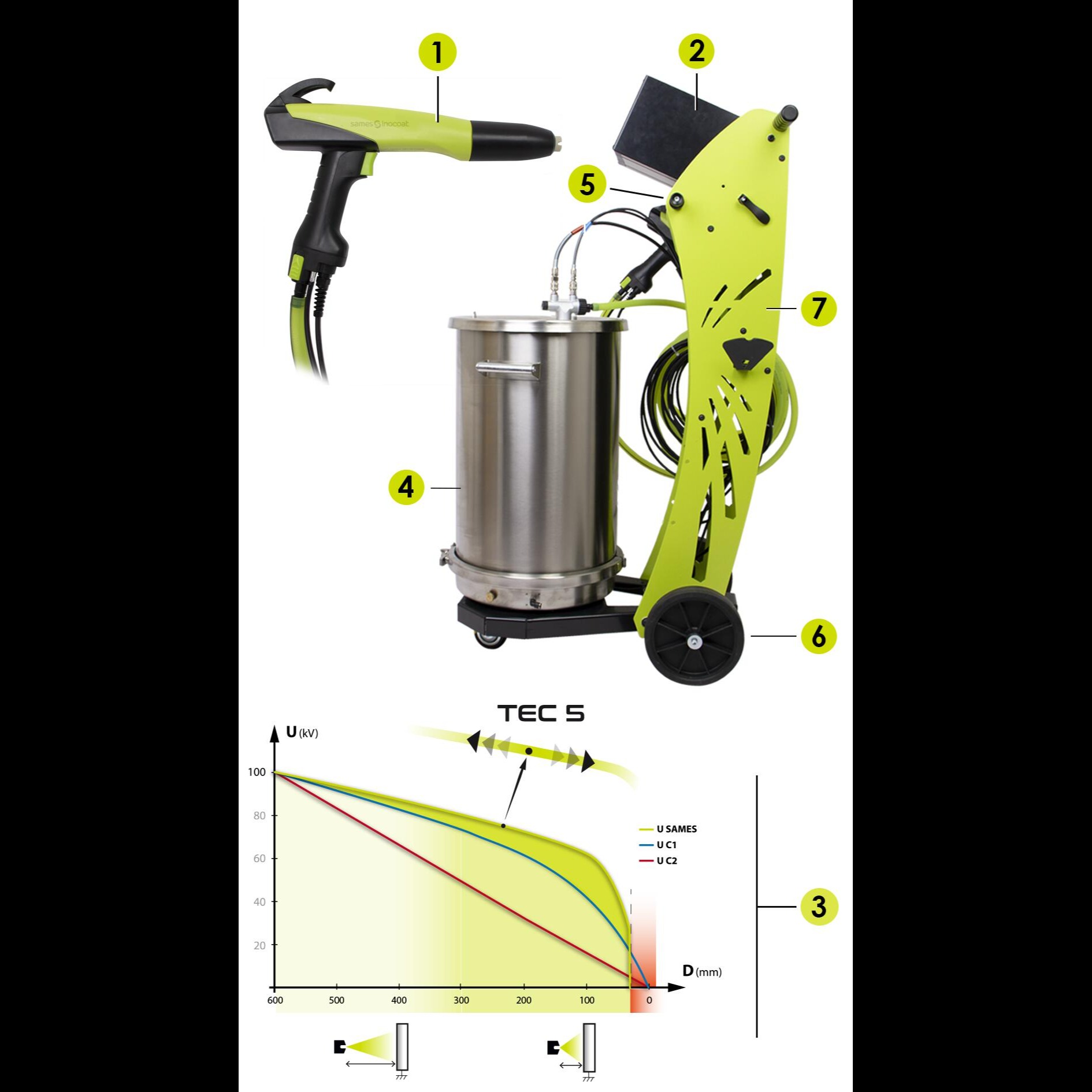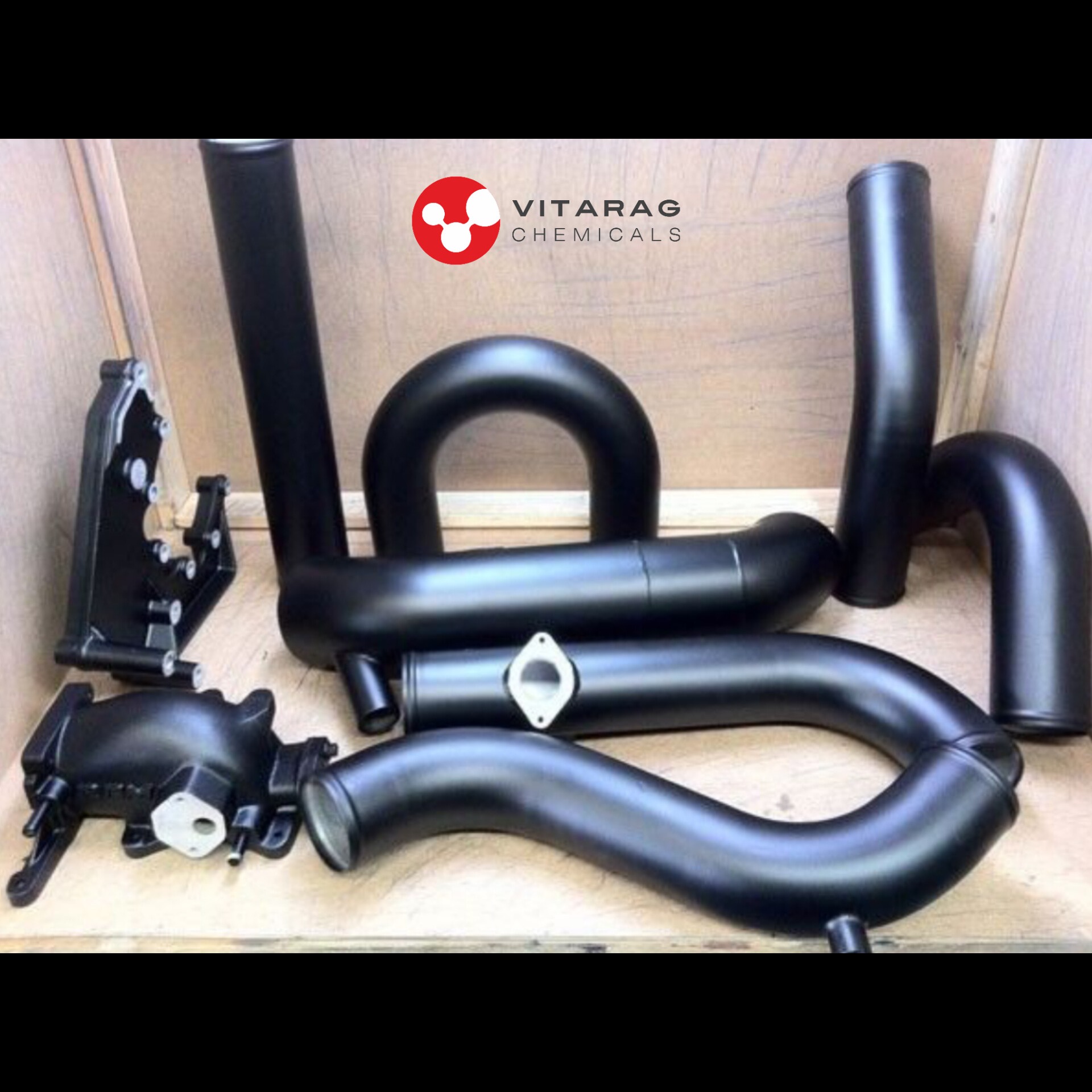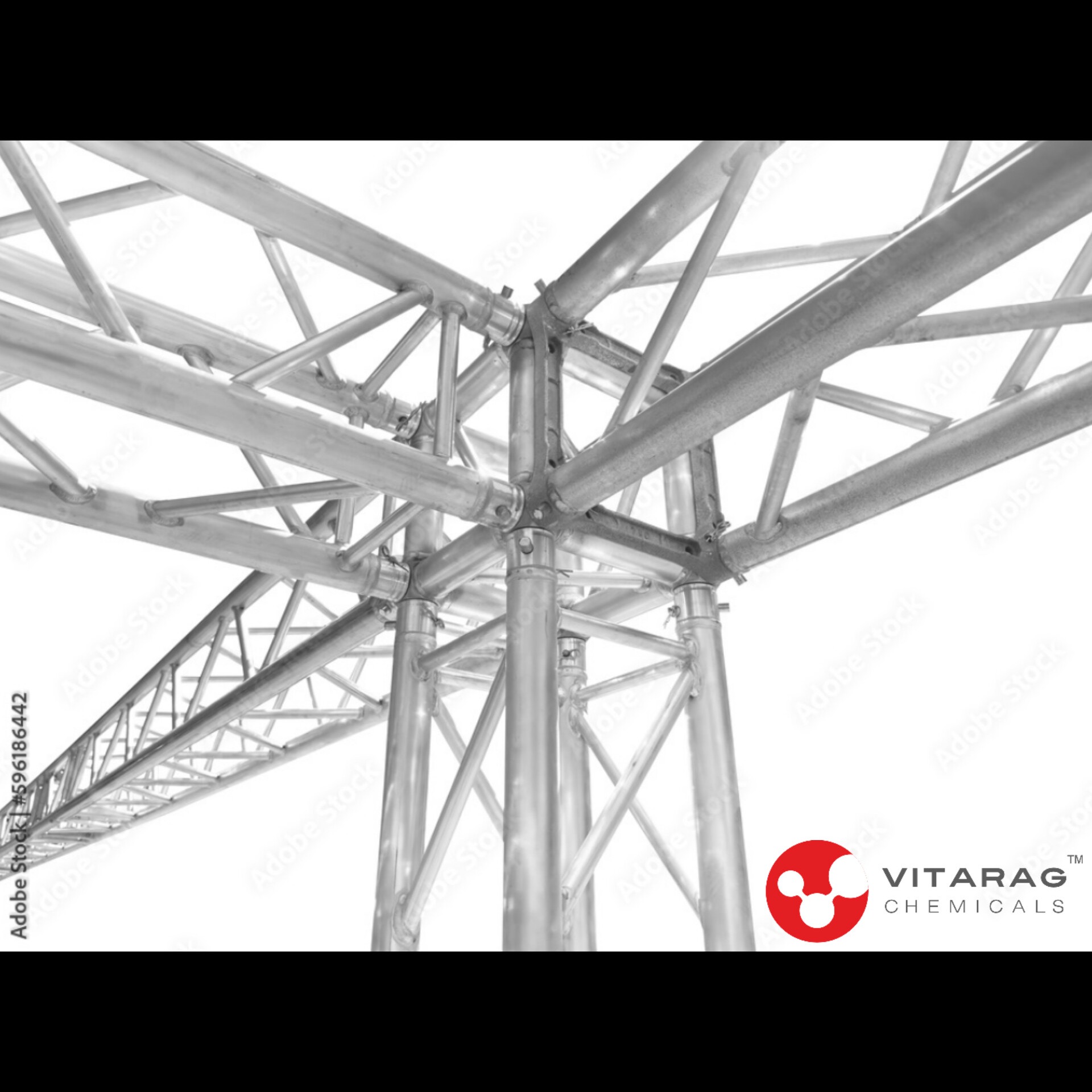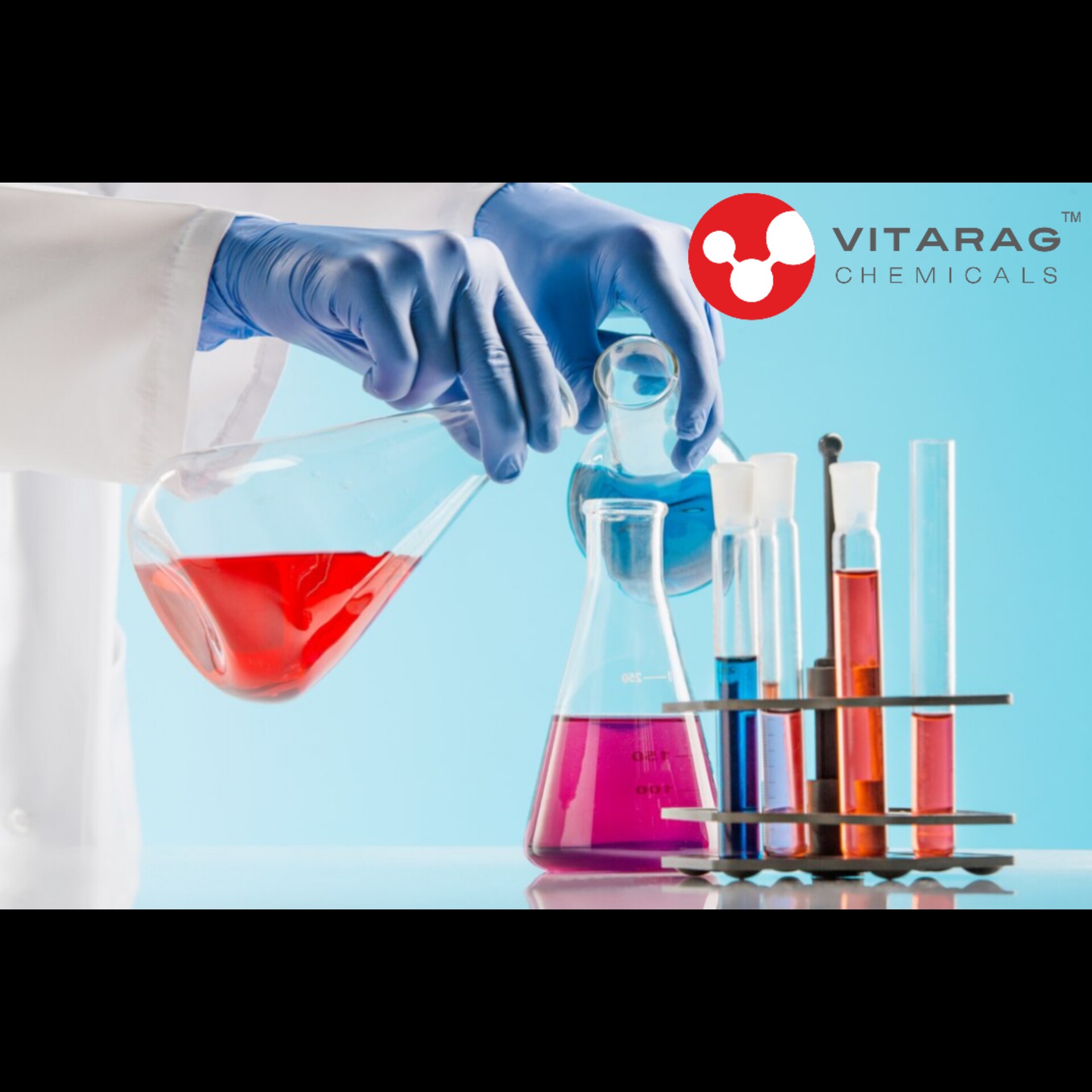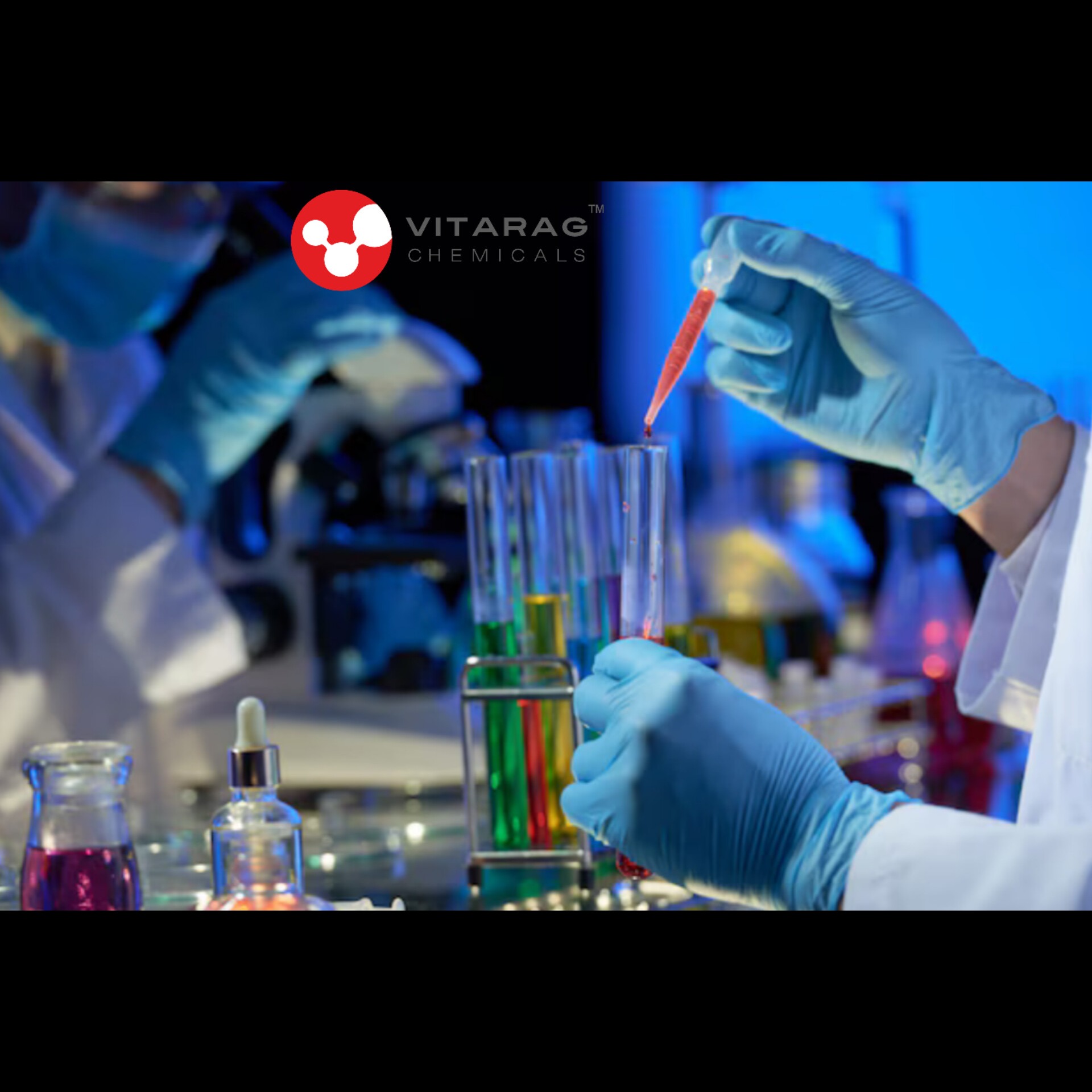
ZNP -54 PHOSPHATING
- Steps in the Phosphating Process
1. Surface Preparation:
. Cleaning: The metal surface must be free of oils, greases, dirt, and other contaminants. This is usually achieved through alkaline cleaning, solvent cleaning, or vapor degreasing.
. Rinsing: After cleaning, the parts are thoroughly rinsed to remove any remaining cleaning agents
2. Pickling (if required):
. Acid Treatment: Sometimes, a pickling step using an acid solution (often sulfuric or hydrochloric acid) is used to remove rust or scale from the surface.
. Rinsing: Another rinse is performed after pickling.
3. Phosphating:
. Immersion or Spraying: The metal parts are either immersed in or sprayed with the ZNP-54 phosphating solution. The solution contains phosphate ions, and possibly additional agents like accelerators and stabilizers.
. Reaction: The phosphating solution reacts with the metal surface, forming a layer of insoluble crystalline phosphate.
4. Rinsing:
. A post-phosphating rinse is done to remove any unreacted chemicals and residues from the surface.
5. Neutralization or Passivation:
. Sometimes a final rinse with a dilute solution of chromic acid or other passivating agents is used to further enhance corrosion resistance.
6. Drying:
. The parts are dried thoroughly to prevent rust formation on the freshly phosphated surface. # ZNP -54 PHOSPHATING Chemical Manufacturer.

